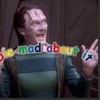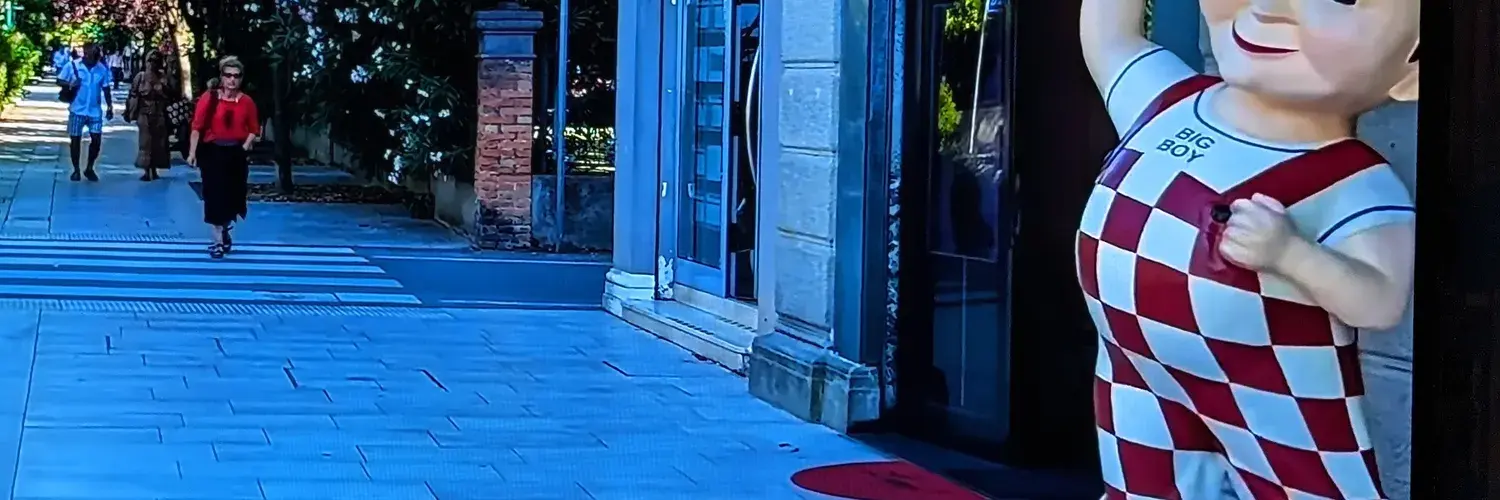Well before today, I’d never heard of virtio-win, and I’d never used KVM/QEMU for virtualization on Linux, and despite an error on my part I had a running VM by close of business. Thanks for stopping by.
He/Him. Formerly sgibson5150@kbin.social.
- 1 Post
- 25 Comments
Oh wow! Thanks for this. I’m learning.
Oh huh. Is that a QEMU option? I’m new to all this.

 2·5 months ago
2·5 months agoIndeed I do.

 4·5 months ago
4·5 months agoFWIW I had the same issue under Fedora 40 Bazzite. For a bit I was having to shut down to avoid the problem you describe, and then they changed something else and I couldn’t even shut down cleanly from within the DE. Things have been sooo much better since the upgrade to 41.
My Outlook stubbornly refuses to stop giving me email. 😑
Edit: Just checked Bleeping Computer. They’ve got the story. https://www.bleepingcomputer.com/news/microsoft/microsoft-365-outage-impacts-exchange-online-teams-sharepoint/

 1·6 months ago
1·6 months agoI ran into this today using ssh-copy-id on a new Debian box. Seems like that tool is biased toward copying a second key instead of a first. Either that or they assume most users use one key pair everywhere (and thus only have one loaded in their agent). I use one key pair per user per box. Excessive? 🤔

 1·6 months ago
1·6 months agoI’ve slept since the last time I set up sshd on a new install. Do you need to be able to authenticate with a password when you ssh-copy-id on a user without a public key?
Edit: Silly me. Yes, password is required.
When I installed Bazzite on my Asus laptop I got an Armory Crate application. There seems to be something similar for MSI laptops called MControlCenter, but don’t know anything about it. Hope this gets you going in the right direction.
Wouldn’t it be nice if documentation used the words index and offset consistently?

 1·8 months ago
1·8 months agoI mainly started using exFAT on flash drives (even on new ones) since it is interoperable between Windows, Linux, and Intel Mac. To be clear, I never don’t unmount the drive properly under normal conditions, but I remember reading around the time it was introduced that the Windows implementation guaranteed the buffers were flushed after every write (meaning no unwritten data remains when the activity indicator on the drive stops blinking) but now I can’t find any evidence that was ever the case. Wouldn’t be the first time I got bad info from the Internet. 🤷♂️

 1·9 months ago
1·9 months agoRandom thoughts, no particular order
I think btrfs was the default the last time I installed Bazzite, but I don’t really know anything about it so I switched it to ext4. I understand the snapshot ability is nice with rolling release distros, though.
It’d been ages since I’d used FAT32 for anything until I made a Debian live USB when I was setting up my pi-hole on an old Core2Duo recently. It would only boot on FAT32 for reasons I probably once knew. 😆
NTFS was an improvement over the FATs what with the journaling, security, file streams, etc. I use it wherever I still use Windows (work).
Most of my general purpose USB flash drives use exFAT. I like not having to worry about eject/unmount.

 14·9 months ago
14·9 months agoForgive the stupid question, but what does this mean, exactly? Does it mean Nvidia support on par with that for AMD? Will this enable a release of Bazzite that supports Steam Gaming Mode for Nvidia cards?
Did they find a way to cram even more stuff into the title bar?

 3·10 months ago
3·10 months agoFinally got updated 😄👍
Logout still hangs on both X and Wayland sessions (KDE) 😫👎

 18·10 months ago
18·10 months agoI made an effort to learn it. In 2000. Again in 2012 or whenever the last big push was. If past is prologue, I may need to learn it again soon. 😆

 3·10 months ago
3·10 months agoI’m brand new to Fedora, having installed Bazzite myself just a few days ago. Did you happen to encounter an issue logging out of KDE? https://discussion.fedoraproject.org/t/cannot-shutdown-logout-on-fedora-40/119070
Alas. Hope you find a way to verify your set up!
Will your display device or associated equipment tell you? My home theater receiver has a signal info button that will display the refresh rate or VRR, if enabled. Also has HDR mode if any, as well as audio input & output formats.

Forgot to include the boot/system volume. It’s a lovely time waster when you’re dealing with disk images that are hundreds of gigabytes in size that have to be copied over the network. 😆
I’ll add Disk2hvd screenshots when I get a sec.
Situation gets slightly more complicated if you had multiple drives in your system when you installed Windows, of course. Installer might put system volume on a different drive, so you’d have to image more than one drive to get a working system. Might get a little confusing as to which volumes should go in which image. There’s a tool called GWMI that might help with that since afaik the volume guids don’t show up in the Windows Disk Management snap-in.
Edit: The promised screenshot. In my case, I knew the volume labelled SYSTEM resided on the same disk as my C: drive. Probably don’t have to include the recovery partition, strictly speaking, but I did.